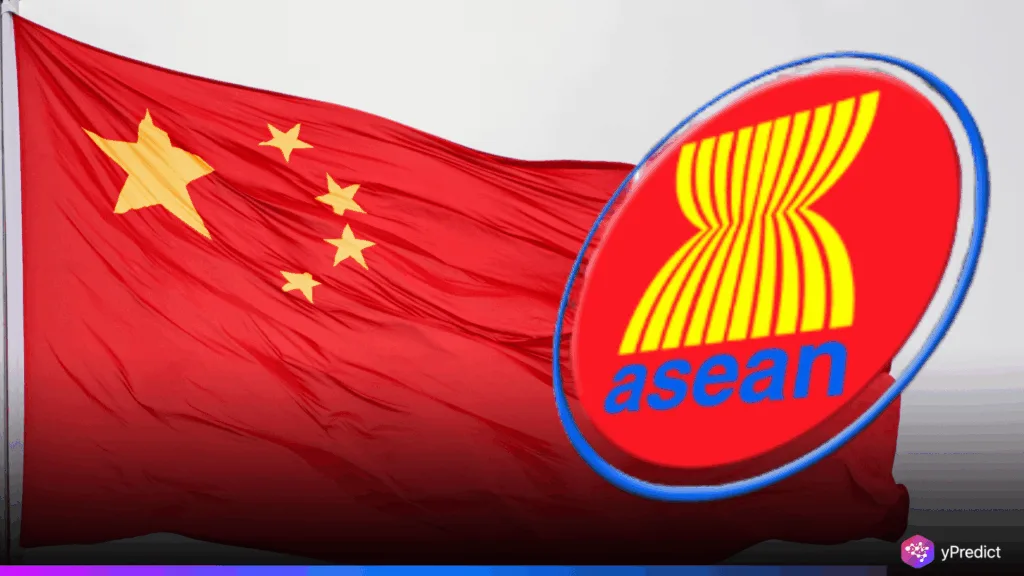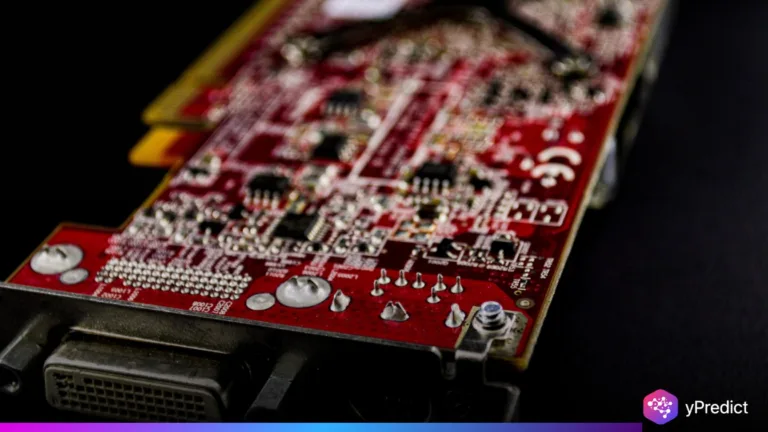
China and ASEAN are set to present an updated free trade deal for approval in October. To improve regional integration, the agreement focuses on emerging industries. These industries include the digital economy and the green economy. After talks started in November 2022, “Version 3.0” of the deal was finalized in May 2025. The new plan emphasizes collaboration in over 40 areas, including infrastructure, shipping stability, and trade.
China and ASEAN Upgrade Free Trade Deal Scope
The ASEAN-China free trade deal marks a substantial turn toward contemporary economic cooperation. The digital economy will be formally included in the agreement for the first time. It will ensure smoother digital services and cross-border data flow. In addition, technology-based companies across Southeast Asia will be able to reap the advantages from this action.
It is also relevant to incorporate the green economy, which is a step towards sustainable regional development. It promotes collaboration in low-carbon technology, renewable energy, and the green economy. Therefore, these programs assist ASEAN in meeting its environmental targets and China’s carbon neutrality objectives.
China’s Foreign Ministry confirmed the signing of a five-year roadmap detailing extensive collaboration. This was made public after Wang Yi visited the East Asia Summit. China restated its pledge to foster closer economic ties with ASEAN nations.
Will Regional Tensions Affect Economic Cooperation?
Both sides pledged to enhance strategic coordination along with trade aims. The agreement encourages strong supply chains as well as infrastructure development, both crucial for economic resurgence. It also puts infrastructure planning at the center of the green economy, specifically in transportation and energy.
Mutual investment in digital economy tools and platforms is a fundamental component of the 3.0 upgrade. China’s developing digital ecosystem will open up new markets and technological capabilities for ASEAN nations. Additionally, this is probably going to increase the region’s productivity and cross-border e-commerce.
China and ASEAN will attempt to complete the long-awaited South China Sea Code of Conduct by 2026. This seeks to improve security discussions and handle shipping disputes. Building trust and resolving disputes respectfully will enable the free trade agreement to move forward without facing geopolitical challenges.
A New Phase in Asia-Pacific Integration
Asia’s economic situation has changed as a result of the revised free trade deal. Long-term, sustainable development is being embraced by China and ASEAN by incorporating the digital and green economies. Thus, traditional trade is losing ground to innovation-driven and environmentally responsible growth as regional cooperation grows.







